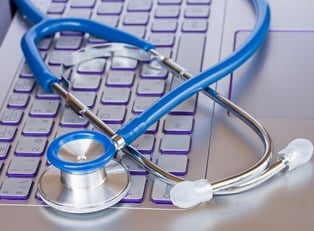An electronic medical record, which is also referred to as an EMR, is a digital chart that contains a person’s medical information. The advantages that accompany electronic medical records are making these digital documents more popular. There are, however, some disadvantages that come along with using electronic medical records.
Pros
- Error Reduction
Paper files that are illegible or incorrectly filed can result in serious errors. Electronic medical records have been shown to significantly reduce errors. This helps improve diagnosis, treatment, and care for patients.
- Security
If a natural disaster or fire occurred, then patient files could be lost, stolen, or damaged. Electronic medical records can be backed up. Therefore, health care providers will still be able to access them if a disaster occurred.
- Coordinated Care
If you are seeing several health care providers at the same treatment facility, they may each have distinct information regarding your care. Electronic medical records allow all of your health care providers will have access to the same information. They will know what tests have been performed and what medications you are currently taking. This will make it easier for health care providers to treat and manage chronic conditions.
- Easy Access
Electronic medical records make it easy for health care providers to access your information. Health care providers will not have to worry about sorting through piles of paper charts.
Cons
- Cost
Cost is one of the factors that deters many practices from using electronic medical records. Not only will medical practices have to pay to set up the electronic medical record system, but they will also have to pay for staff training and software upgrades.
- Less Time With Patients
Even though electronic medical records were designed to help health care providers save time, many of them are spending less time with their patients. Nurses, doctors, and other healthcare providers will have to spend time trying to learn how to use the electronic medical record system. Furthermore, it will take a lot of time to convert the paper charts into digital ones. The time that providers spend learning how to use electronic medical records could be spent caring for patients or taking care of other critical matters.
Many people today complain about how long they have to wait in the doctor’s offices because the clinics are crowded. Patients may wait for a longer period of time if physicians are spending more time learning how to use and manage electronic medical records.
- Limitations of Access
While electronic medical records make your patient information available to physicians in a single hospital or clinic, you may need to receive treatment at another medical center that does not have access to your EMR.
This is where electronic health records, or EHRs, become valuable. While their name seems similar to that of EMRs, electronic health records are quite different, offering a comprehensive record of your medical history across multiple medical centers. This all-inclusive feature of electronic health records has recently led to a greater amount of attention being devoted to this type of digital document.



